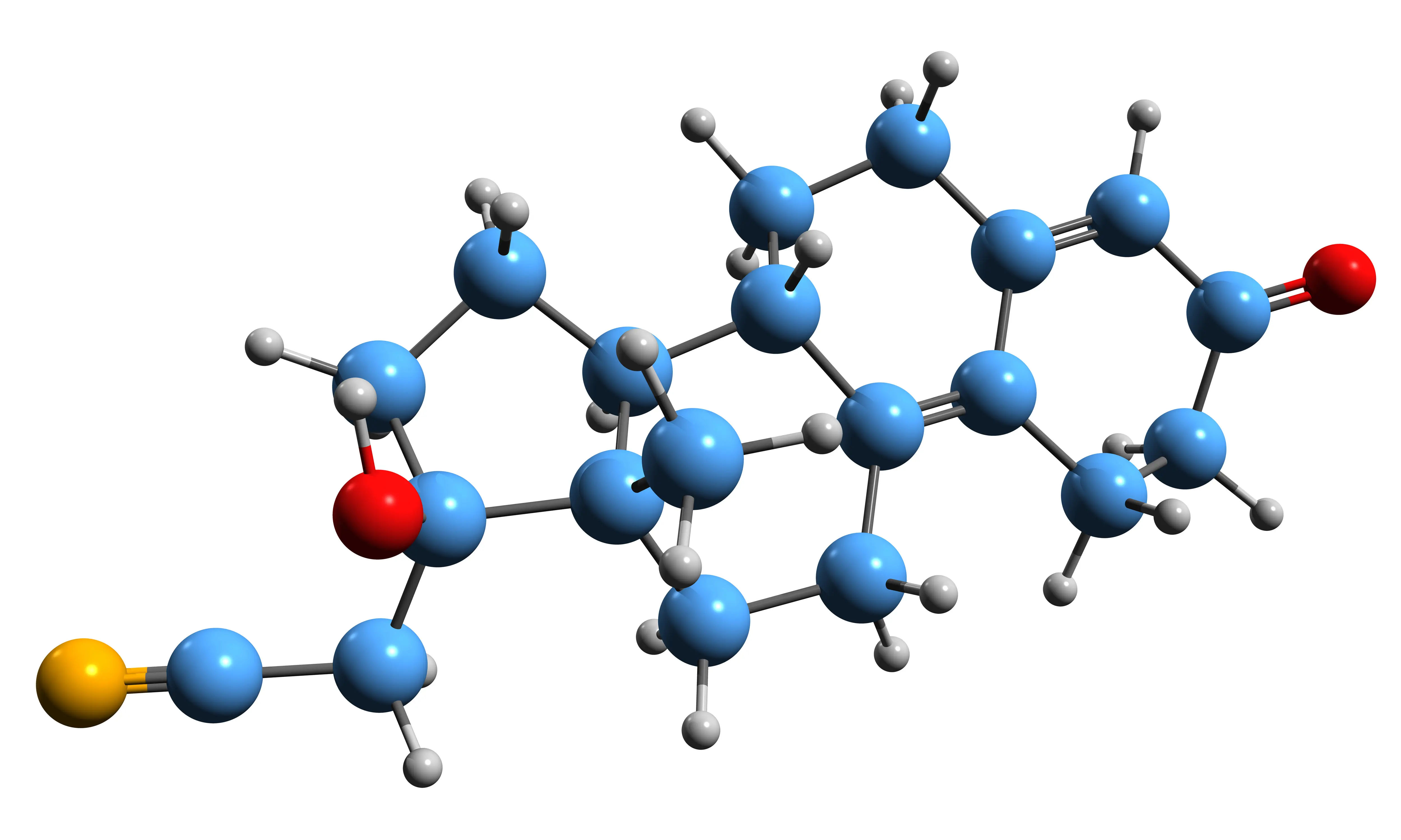Savior of Life: Your Essential Guide to ECMO Therapy
Discover how ECMO therapy works as a lifesaving bridge for patients with severe heart or lung failure. Learn its types, benefits, risks, and role in critical care.

Written by Dr. Vasanthasree Nair
Reviewed by Dr. Rohinipriyanka Pondugula MBBS
Last updated on 22nd Sep, 2025
.webp?tr=q-80,f-webp,w-350,dpr-2,c-at_max 700w)
Introduction
When the heart and lungs are too damaged or sick to sustain life, modern medicine has a powerful, last-resort weapon: ECMO therapy. Often called a "savior of life," Extracorporeal Membrane Oxygenation (ECMO) is a complex form of life support that acts as an artificial heart and lung system outside the body. It's not a treatment for disease itself, but a critical bridge that buys precious time for the body to heal or for doctors to plan the next steps. This guide will demystify ECMO, explaining how this remarkable technology works, who it can help, and what patients and families can expect during this intense medical journey. We'll explore its role as a true savior in the most critical cardiac and respiratory failures, offering hope when odds seem insurmountable.
What is ECMO? The Modern Heart-Lung Bypass Machine
ECMO, or extracorporeal membrane oxygenation, is a highly advanced life-support technique. Think of it as a prolonged version of the heart-lung machine used in open-heart surgery, but it can be used for days or even weeks. Its primary job is to take over the work of the heart and lungs, oxygenating the blood and removing carbon dioxide when these vital organs are too frail to do it themselves. This process allows them to rest and recover without being overworked, which is crucial for healing.
The Core Principle: Oxygenating Blood Outside the Body
The name itself reveals the core principle. "Extracorporeal" means outside the body. "Membrane oxygenation" refers to the artificial lung (oxygenator) in the circuit that adds oxygen to the blood and removes waste gases. Blood is slowly drained from the patient, pumped through this artificial lung, warmed to body temperature, and then returned to the body. This continuous loop maintains circulation and oxygenation, keeping the patient's organs alive.
VV-ECMO vs. VA-ECMO: Understanding the Two Types
There are two main types of ECMO, defined by where the blood is taken from and returned to:
VV-ECMO (Venovenous): Used primarily for lung failure. Blood is taken from a large vein, passed through the oxygenator, and returned to a vein. It supports only the lungs; the heart must still pump the oxygenated blood itself.
VA-ECMO (Venoarterial): Used for heart failure or combined heart-lung failure. Blood is taken from a vein but is returned to an artery. This completely supports both the heart (by taking over pumping) and the lungs (by oxygenating the blood).
Health topic carousel:
Doctor's speciality: Critical Care Physician
Text: Consult a ECMO Specialist for the best advice
The "Savior" Moment: Who Needs ECMO Therapy?
ECMO is not a first-line treatment. It is reserved for the most critically ill patients where conventional therapies like ventilators and medications have failed. The decision involves a meticulous evaluation by a multidisciplinary team.
Critical Cardiac Conditions: When the Heart Fails
ECMO can be a lifesaver during cardiogenic shock, where the heart suddenly can't pump enough blood. This can happen after a massive heart attack, due to myocarditis (heart inflammation), following cardiac surgery, or during a dangerous condition like pulmonary embolism. It stabilises the patient, acting as a bridge to decision—allowing doctors time to determine if the heart will recover, if a patient needs a ventricular assist device (VAD), or if they are eligible for a heart transplant.
Severe Respiratory Failure: When the Lungs Collapse
For lungs devastated by conditions like severe ARDS (acute respiratory distress syndrome), pneumonia, or trauma, VV-ECMO provides respite. Traditional ventilators can sometimes cause further lung injury by forcing air into stiff, damaged lungs. ECMO does the gas exchange gently externally, allowing doctors to use lower, safer ventilator settings—a strategy called "lung rest." This is crucial for allowing the lungs to heal from the inside out.
ECMO as a Bridge: To Recovery, Decision, or Transplant
This is the central concept of ECMO therapy. It is almost never a destination but a temporary pathway:
Bridge to Recovery: The ideal scenario. The heart or lungs heal with time and rest, and the patient is weaned off ECMO.
Bridge to Decision: Provides stability so the medical team and family can assess the patient's neurological status and long-term options.
Bridge to Transplant: Keeps a candidate for a heart or lung transplant alive and stable until a donor organ becomes available.
Inside the ECMO Machine: How This Life-Support System Works
The ECMO circuit may look intimidating, but each component has a specific, vital function.
The Circuit Explained: Cannulas, Pump, Oxygenator, and Warmer
Cannulas: Large, specially designed tubes placed into major veins and/or arteries by a surgeon.
Pump: The artificial heart. It gently propels the blood through the circuit. Modern pumps are designed to be minimally traumatic to blood cells.
Oxygenator: The artificial lung. This core component is made of tiny hollow fibers. Blood flows around them, and oxygen flows through them, allowing gas exchange to occur across the membrane.
Warmer: A heater that brings the blood back to the correct body temperature before it is returned to the patient.
The ECMO Specialist: The Vital Role of the Clinical Team
The machine is only as good as the team running it. A dedicated ECMO specialist—often a specially trained nurse or perfusionist—monitors the console 24/7. They manage blood flow rates, gas exchange, anticoagulation levels, and troubleshoot any alarms. This constant vigilance is essential to prevent complications and ensure the system functions flawlessly.
The Patient Journey: What to Expect on ECMO
The experience of being on ECMO is intense for both the patient and their family.
The Placement Procedure: What Happens in the ICU
The cannulation procedure is performed at the bedside in the intensive care unit (ICU) under sterile conditions. The patient is heavily sedated and given medications to prevent pain. The surgeon accesses the major blood vessels, often in the neck, groin, or chest. The procedure is complex and carries risks, including bleeding, but is necessary to establish the life-saving connection.
Life on Support: Monitoring, Sedation, and Potential Complications
Patients on ECMO are deeply sedated and often paralysed to prevent them from moving and disrupting the lines. They are connected to a myriad of monitors tracking everything from heart rate to brain activity. A major challenge is preventing blood clots within the circuit, which requires anticoagulant medications like heparin. This, in turn, increases the risk of bleeding, a delicate balance the team constantly manages. Other potential complications of ECMO include infection, kidney injury, and limb ischaemia (if blood flow to a limb with a cannula is compromised).
The Road to Recovery: The Process of Weaning Off ECMO
"Weaning" is the gradual process of reducing the ECMO support as the patient's own organs show signs of recovery. For VA-ECMO, this means slowly decreasing the blood flow from the pump, forcing the heart to take on more work. For VV-ECMO, it involves reducing the oxygen provided by the machine. Doctors use echocardiograms and blood gas tests to guide this process. If the patient remains stable at low support levels, the team will decide to remove the cannulas in another bedside procedure.
Weighing the Lifeline: Benefits and Risks of ECMO
The Primary Benefit: Saving Lives Against the Odds
The benefit is unequivocal: survival. Before ECMO was widely available, many patients with profound heart or lung failure had no other options. ECMO therapy success rates vary depending on the underlying condition, but it has saved countless lives, including many young, otherwise healthy people struck by severe illness. It offers a chance where there was none.
Understanding the Potential Complications and Side Effects
The risks are significant and must be understood. Beyond bleeding and clotting, patients may experience neurological events like strokes. The prolonged immobility and sedation lead to muscle weakness, requiring extensive physical therapy after recovery. The ECMO machine cost and the resources required are immense. The decision to initiate ECMO is always a careful weighing of these potential benefits against the substantial risks.
ECMO and COVID-19: A Pandemic Lifeline
The COVID-19 pandemic thrust ECMO into the global spotlight. For the sickest patients whose lungs were ravaged by the virus and did not respond to ventilators, VV-ECMO became a critical tool. It served as a final rescue therapy, supporting thousands through the worst of the inflammatory storm, allowing time for their immune systems to fight the virus and their lungs to potentially heal. Its use during the pandemic provided vast amounts of data and refined protocols, solidifying its role in managing severe viral pneumonia.
Conclusion
ECMO therapy stands as a testament to the incredible advances in critical care medicine. It is a powerful, complex, and high-risk intervention that truly earns the title "savior of life" for the select patients who have exhausted all other options. While the journey on ECMO is fraught with challenges and requires a Herculean effort from a dedicated medical team, it provides the most valuable commodity in medicine: time. Time for the body to heal, time for families to make difficult decisions, and time for a donor organ to be found. If you or a loved one is facing a critical cardiac or respiratory illness, understanding this therapy is a crucial step. Always remember, the decision to use ECMO is made by specialists in a hospital setting. If you have concerns about severe respiratory symptoms or heart health, it is vital to consult a doctor online with Apollo24|7 for early evaluation and guidance before a condition becomes critical.
Health topic carousel:
Doctor's speciality: Critical Care Physician
Text: Consult a ECMO Specialist for the best advice
FAQs About ECMO Therapy
1. What is the survival rate for patients on ECMO?
A. Survival rates vary widely (from 30% to 70%) depending on the patient's age, the underlying reason for needing ECMO, and other health factors. Your medical team can provide the most accurate prognosis based on the specific situation.
2. How long can a person stay on ECMO support?
A. The duration can range from a few days to several weeks. The goal is always to wean the patient off as soon as their own organs show sufficient recovery. Prolonged use increases the risk of complications.
3. Can a patient be awake on ECMO?
A. Yes, in certain situations, particularly with VV-ECMO for lung failure, patients can be "awake and alert" on ECMO. This involves reducing sedation so they can interact and even participate in physical therapy, which can improve recovery outcomes.
4. Is ECMO therapy painful?
A. The placement of the cannulas is done under anaesthesia. While on ECMO, patients are typically kept comfortable with sedatives and pain medications. They should not feel pain from the machine itself.
5. What happens if ECMO doesn't work?
A. If the patient's organs do not recover and they are not a candidate for transplant or another long-term device, the medical team will have a compassionate discussion with the family about the goals of care and the possibility of withdrawing support.




